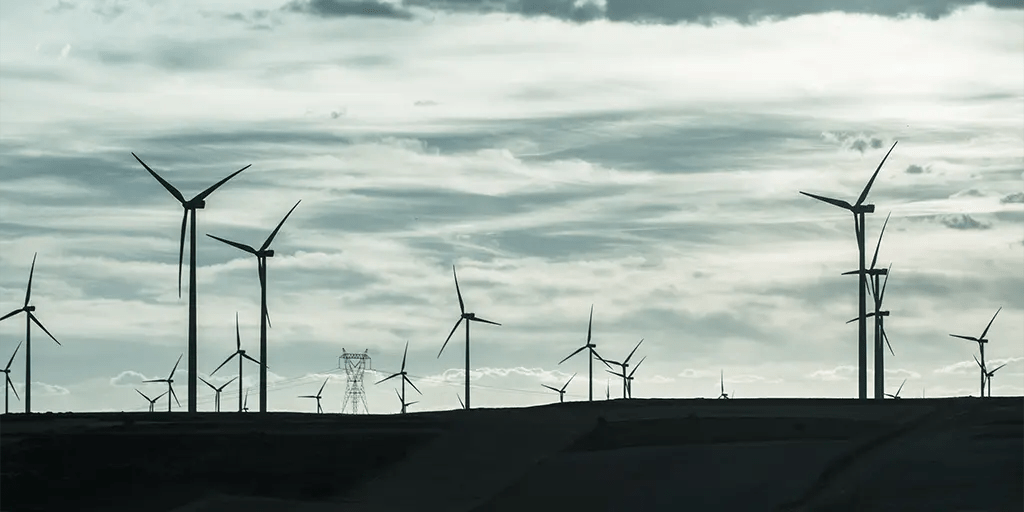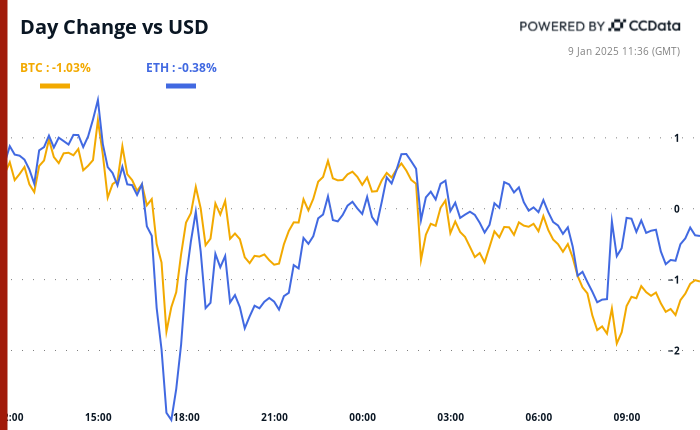The Juno mission, spearheaded by NASA, aims to unravel the secrets hidden beneath Jupiter’s dense cloud cover. Since its arrival in 2016, Juno has provided scientists with unprecedented views of the gas giant’s interior, atmosphere, and magnetosphere. Marissa Vogt, a researcher involved in the mission, emphasized the importance of these observations in understanding Jupiter’s formation and evolution.
Juno’s advanced instruments have allowed researchers to :
- Study Jupiter’s gravitational field
- Analyze the planet’s atmospheric composition
- Investigate its powerful magnetic field
- Observe its intense auroras
These scientific endeavors have not only expanded our knowledge of Jupiter but have also contributed to our understanding of gas giants in general. The mission’s success has paved the way for future exploration of our solar system’s outer planets, much like how the Hubble Space Telescope has revolutionized our view of distant galaxies.


The celestial dolphin : a cosmic illusion
Among the plethora of stunning images captured by Juno, one particular photograph has captured the imagination of both scientists and the public. This image, taken of Jupiter’s south temperate belt, reveals a cloud formation resembling a dolphin gracefully swimming through the planet’s tumultuous atmosphere.
This fascinating phenomenon is an example of pareidolia, a psychological tendency to perceive familiar patterns or shapes in random stimuli. While common in cloud-watching on Earth, observing such formations on distant planets adds an extra layer of wonder to our exploration of space.
The “cosmic dolphin” is formed by a group of clouds representing Jupiter’s massive storms. However, due to the planet’s highly dynamic atmosphere, this formation may have been fleeting, possibly dissipating moments after the image was captured. This transient nature highlights the ever-changing face of Jupiter and the importance of continuous observation.
Jupiter’s atmospheric dynamics : a celestial canvas
Jupiter’s atmosphere is a complex system of swirling gases and intense storms. With a diameter of 142,984 kilometers, this gas giant is primarily composed of :
| Element | Percentage |
|---|---|
| Hydrogen | ~90% |
| Helium | ~10% |
| Other (methane, water, ammonia, “rock”) | Trace amounts |
This composition results in an extremely turbulent atmosphere, characterized by massive storms and powerful winds. The most famous of these storms is the Great Red Spot, a gigantic anticyclonic storm that has been raging for centuries.
The interplay of these atmospheric elements creates a constantly shifting canvas of clouds and storms. This dynamic nature not only produces stunning visuals but also presents challenges for scientists studying the planet. The ephemeral nature of formations like the “dolphin” underscores the importance of continuous monitoring and the value of missions like Juno.
Advancing our understanding of gas giants
The Juno mission’s findings have significantly enhanced our comprehension of gas giants. By studying Jupiter, scientists can gain insights into the formation and evolution of similar planets both within our solar system and beyond. The wealth of data collected by Juno has led to several groundbreaking discoveries :
- Jupiter’s magnetic field is stronger and more complex than previously thought
- The planet’s core may be larger and more diffuse than expected
- Atmospheric dynamics extend much deeper into the planet than initially believed
- The auroras on Jupiter are more powerful and diverse than those on Earth
These revelations not only reshape our understanding of Jupiter but also provide valuable insights into the formation and evolution of planetary systems. As we continue to explore the cosmos, missions like Juno serve as crucial stepping stones in our quest to unravel the mysteries of the universe.
The image of the dolphin-shaped cloud formation on Jupiter serves as a poignant reminder of the wonders that await us in space exploration. It showcases the incredible capabilities of modern space technology and the endless possibilities for discovery that lie beyond our planet. As we continue to push the boundaries of space exploration, who knows what other awe-inspiring sights and scientific revelations await us in the vast expanse of our cosmic neighborhood ?









Leave a Comment